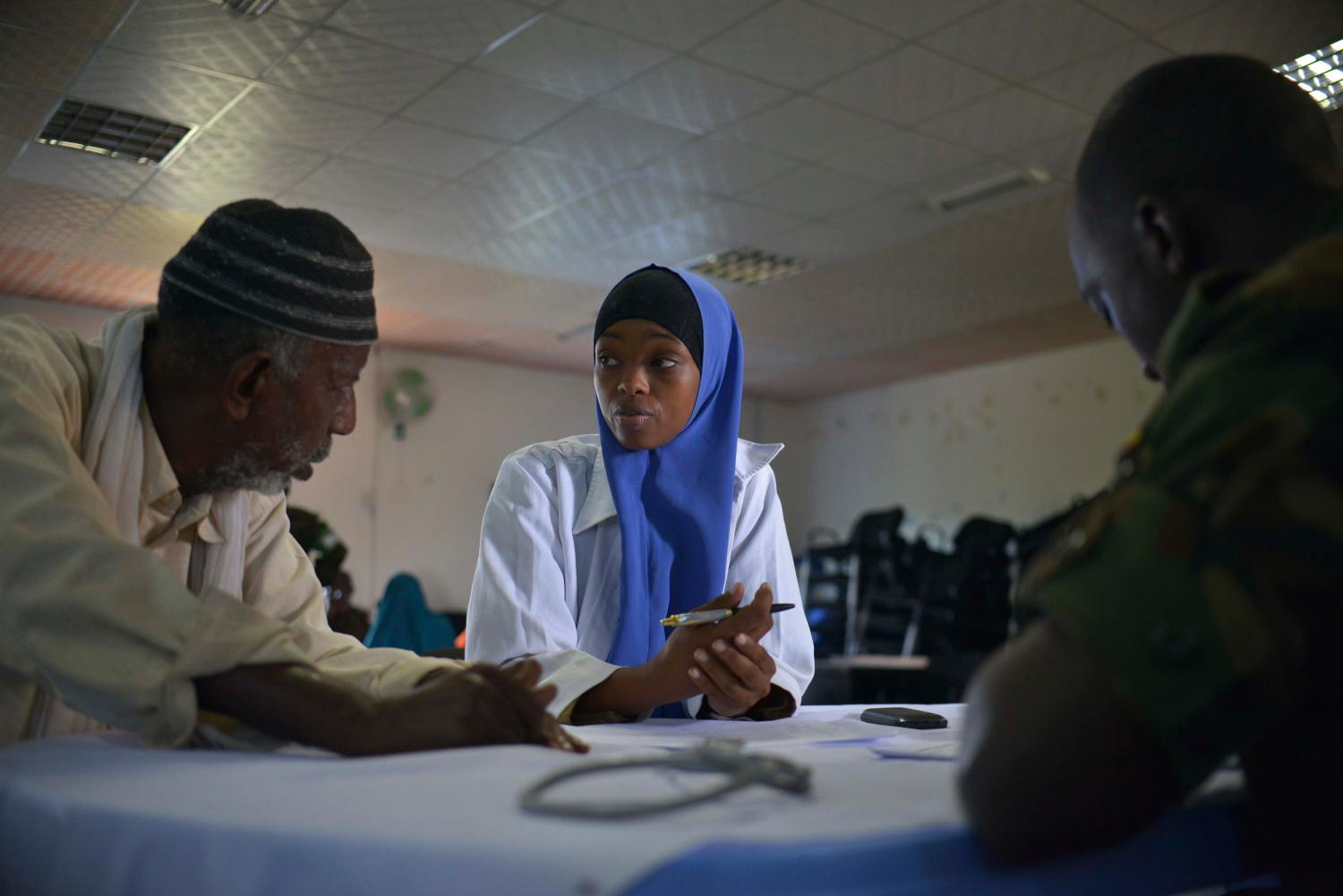Editor’s Note: This paper was originally published on the JAMA network website.
Hypertension is the leading risk factor for death in sub-
Saharan Africa. The age-standardized prevalence of
hypertension in the adult population (aged ≥25 years)
in sub-Saharan Africa ranged from 38% to 56% in 2008 compared with
30% in the United States and 26%to 44% in Western
Europe. In Nigeria, the age-standardized prevalence of
hypertension was 49% in the adult population in 2008. As a
consequence, the burden of cardiovascular disease (CVD) and
stroke in particular is rising in sub-Saharan Africa. Disability adjusted
life-years resulting from stroke range from 1163 to 2453
in most sub-Saharan African countries, including Nigeria, compared with 50 and 484 in Western Europe and the
United States,
respectively. Reduction of blood pressure greatly reduces mortality due to CVD. However, the level of antihypertensive treatment
coverage in sub-Saharan Africa is low. Hypertension
has been identified as an important health problem in rural
Kwara State, Nigeria, with a prevalence of 21% in the adult
population (aged ≥18 years),with low levels of awareness (8%),
antihypertensive treatment coverage (5%), and blood pressure
control (3%) among those with hypertension.
Almost 50% of total health care expenditures in low- and
middle-income countries are paid out of pocket by the patients. As a result, the ability to pay for health care has become
a critical issue in these countries. Interventions to increase
the ability to pay for health care, such as health insurance
programs, provide financial protection, there by increasing
use of health care resources. Health insurance programs may
be particularly useful for patients with chronic conditions, such
as hypertension, because long-term treatment is unaffordable
for many patients. However, studies that evaluate the relation
between interventions to increase the ability to pay for
health care and health status in low- and middle-income countries
are scarce and have provided conflicting results, possibly
because most of these studies were retrospective and used
cross-sectional data or because of the poor quality of the health
care provided.
Community-based health insurance (CBHI) programs (also
called health insurance for the informal sector or micro–health
insurance) are health insurance programs that share the following
3 characteristics: not-for-profit prepayment plans, community empowerment,
and voluntary enrollment. The Health
Insurance Fund is an international development organization
committed to promoting access to quality health care for
low- and middle-income groups in several African countries
through innovative financing mechanisms and quality
improvement. The first 2 Health Insurance Fund programs
were started in 2007 in Lagos and in Kwara State, Nigeria, under
the name of Hygeia Community Health Care. The insurance
package provides coverage for primary and limited secondary
health care, including antihypertensive treatment. In
addition, the program improves the quality of care in the health
care facilities participating in the program by upgrading of facilities,
training of staff in guideline-based care, and hospital
management support. Further details of the Hygeia Community
Health Care program are described in the Supplement
(eMethods). In this study, we evaluated the effect of a CBHI
program on blood pressure in a hypertensive population in rural
Nigeria.




